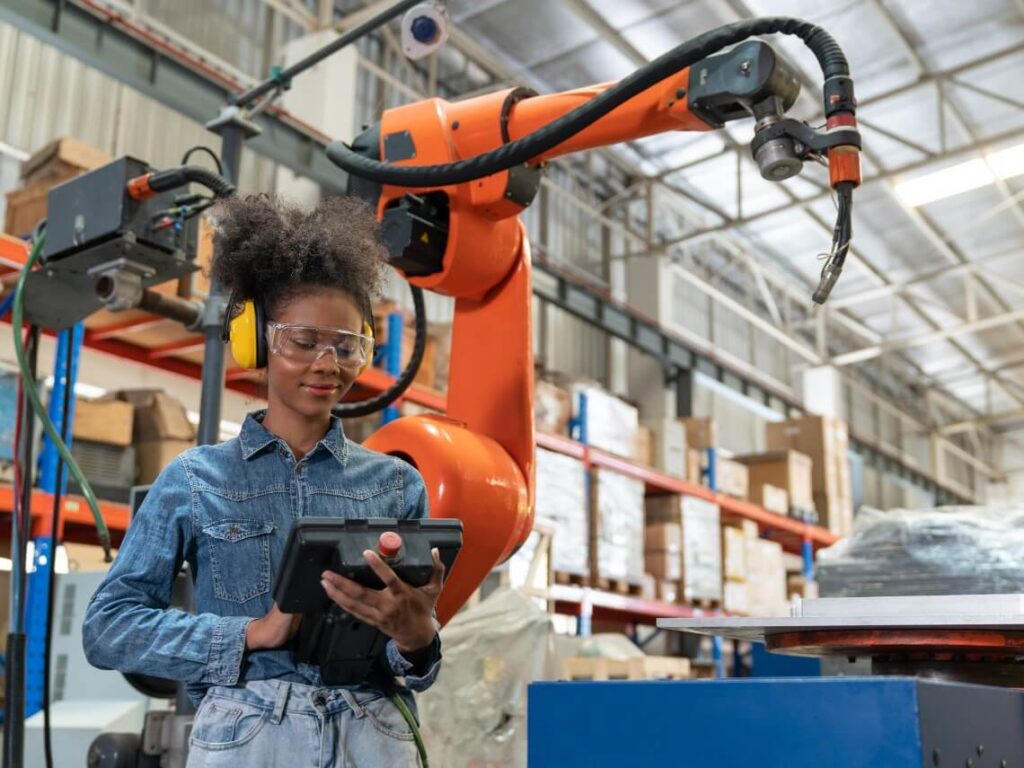A Life Cycle Assessment (LCA) is a comprehensive tool used to evaluate the environmental impact of a product or service throughout its entire lifespan. By examining the various stages of a product’s life cycle, LCAs provide valuable insights into resource consumption, greenhouse gas emissions, waste generation, and other environmental factors.
The Importance of LCAs
LCAs offer numerous benefits for businesses, policymakers, and consumers. Here are some key reasons why LCAs are important:
- Informed Decision-Making: LCAs provide a holistic view of a product’s environmental impact, enabling businesses to make informed decisions about product design, materials selection, and manufacturing processes.
- Environmental Improvement: By identifying areas of high environmental impact, LCAs can help businesses develop strategies to reduce their carbon footprint, conserve resources, and minimize pollution.
- Regulatory Compliance: LCAs can assist businesses in meeting environmental regulations and standards, such as those related to climate change, waste management, and sustainable sourcing.
- Competitive Advantage: Companies that can demonstrate a strong commitment to sustainability through LCA-based initiatives can gain a competitive advantage in the marketplace.
The Stages of a Product’s Life Cycle
An LCA typically examines the following stages of a product’s life cycle:
- Material Extraction and Processing: This stage involves the sourcing of raw materials from various sources, including mining, agriculture, and forestry. The extraction and processing of these materials can have significant environmental impacts, such as deforestation, soil erosion, and water pollution.
- Manufacturing: The manufacturing process involves the assembly of components into a finished product. This stage often includes energy consumption, water usage, and waste generation. Manufacturing facilities may also emit pollutants into the air and water.
- Transportation: The transportation of the product from the manufacturing facility to distribution centers and ultimately to consumers is another important stage. Transportation can contribute to greenhouse gas emissions, air pollution, and noise pollution.
- Use: The use phase represents the product’s lifetime in the hands of the consumer. This may include energy consumption, water usage, and waste generation associated with product operation. For example, electronic devices may consume electricity during use, while appliances may require water for cleaning.
- End-of-Life: The end-of-life stage involves the disposal or recycling of the product. This can include landfill disposal, incineration, or recycling processes. Landfill disposal can contribute to greenhouse gas emissions and soil contamination, while incineration can release harmful pollutants into the atmosphere.
Using LCAs to Improve Packaging Choices
Packaging plays a significant role in the environmental impact of many products. LCAs can help businesses identify areas for improvement in their packaging choices by:
- Evaluating Material Options: LCAs can compare the environmental impacts of different packaging materials, such as plastic, paper, and glass. This can help businesses select materials that are more sustainable and have lower environmental footprints. For example, while plastic may be durable, it can contribute to plastic pollution and take hundreds of years to decompose. Paper packaging, on the other hand, is biodegradable but may require more energy to produce.
- Assessing Packaging Design: LCAs can evaluate the environmental impacts of different packaging designs, including the amount of material used, the ease of recycling, and the potential for reuse. For example, packaging that is too large or unnecessarily complex can increase waste and transportation costs.
- Optimizing Packaging Processes: LCAs can identify opportunities to reduce waste and improve efficiency in packaging processes, such as minimizing packaging materials and optimizing transportation routes. For example, businesses can reduce waste by using packaging that is the exact size of the product or by adopting packaging designs that are easier to recycle.
- Promoting Sustainable Packaging Practices: LCAs can help businesses develop sustainable packaging practices, such as using recycled materials, reducing packaging weight, and promoting product reuse and refillable packaging. For example, businesses can use recycled plastic to make packaging materials, reduce the amount of packaging used by eliminating unnecessary components, and encourage customers to reuse or refill containers.
By conducting LCAs and analyzing the results, businesses can make informed decisions about their packaging choices and take steps to reduce their environmental impact. This not only benefits the planet but can also enhance brand reputation and improve customer satisfaction.
Pioneer Packaging: Your Custom Packaging Solution Company
For over 35 years, Pioneer Packaging has been your packaging company’s go-to for designing product packaging that sells and performs.
So whether you’re looking to get your paper product packaging at affordable prices or attract new consumers, we’ll find the best packaging solutions that fit your needs. We strive to keep costs down as much as possible to help our customers keep their brands moving along production lines.
Contact Pioneer Packaging today and learn why we’re a leader in B2B packaging solutions.
